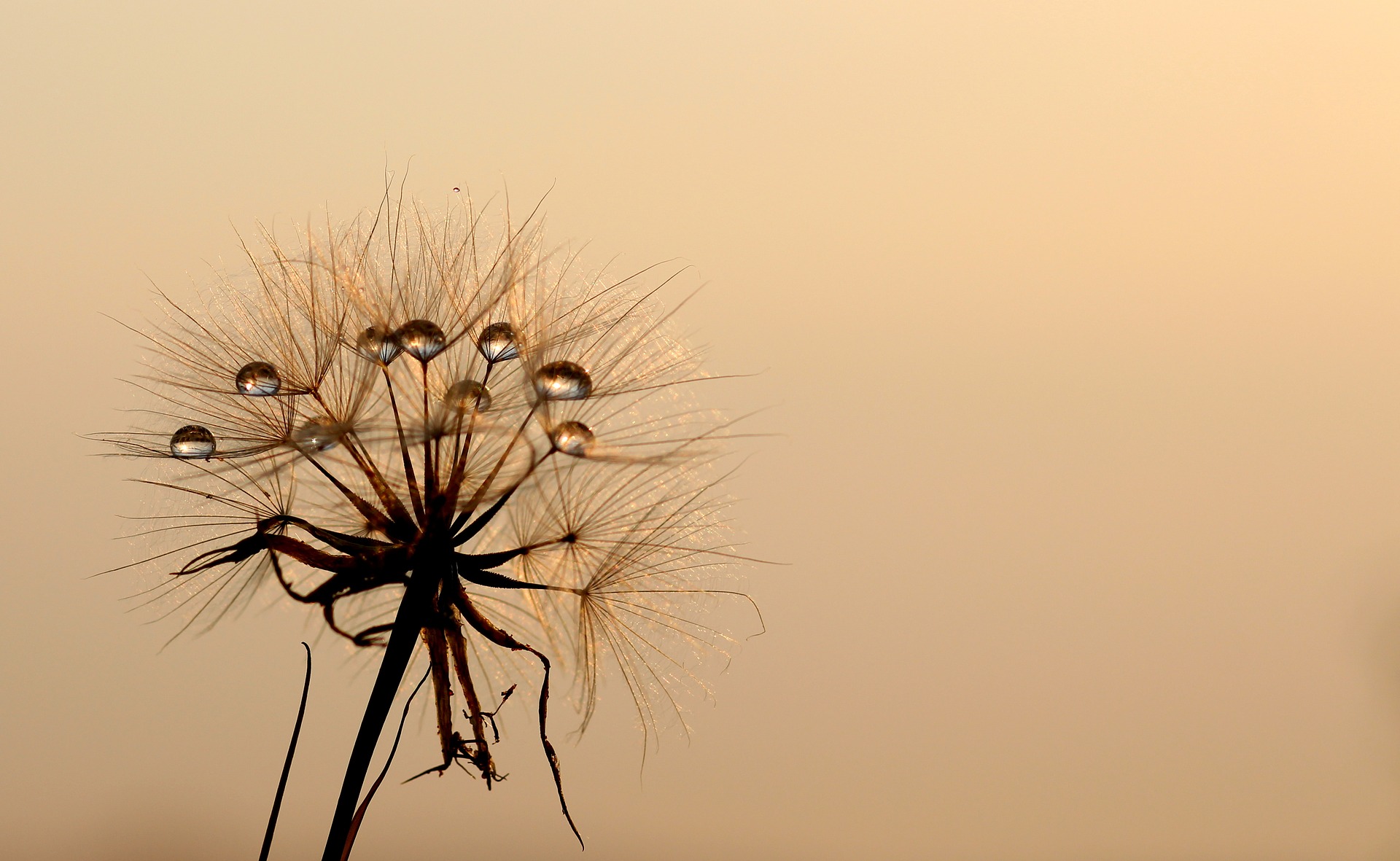Water In Plain Sight
Author: Judith D. Schwartz | Published: December 7, 2016
We often think of water as a “noun”, as something bounded by place. After researching and writing a book on water, however, I’ve come to regard water as a “verb”. Water is always in motion. It expands in volume or retrenches; it retains or releases energy. It changes state, moving from gas to liquid to solid and back again, in an ongoing dialogue with land and sun.
This is not just to fuss over language. Rather, I believe that understanding how water “works”—how it moves across the landscape and through the atmosphere—is essential to truly address our many water challenges. This is so whether we’re contending with scarcity, in the case of drought, or too much water, as in floods. And because the workings of water intersect with factors like climate, biodiversity and food security, we can better grapple with other significant global problems by zeroing in on water processes.
Let’s take a quick look at three ways that water moves:
Infiltration In a functioning landscape, rain is held in the ground and supports plant and microbial life or slowly filters into groundwater stores. Our water “infrastructure” here is soil, and the richer the better: every one percent increase in soil organic matter (mostly carbon) represents an additional 20,000 gallons of water per acre held in the ground. This means it’s a lot harder to make a flood, and the longer the ground stays moist between rains.
What we perceive as a “lack of water” problem is often an “inability to keep water in the ground” problem—itself a symptom of carbon-depleted soil. As Precious Phiri, a land management consultant based in Zimbabwe and Africa Coordinator for Regeneration International, says, “there are places where you will be in a drought no matter how much rain you get.” Simple approaches to building soil carbon, such as managed animal impact, can make a tremendous difference in food security. Jody Butterfield, co-founder of the Africa Centre for Holistic Management in Zimbabwe, says increased water infiltration in animal-treated fields can mean the ability to grow food for seven months rather than merely two—the difference between being self-sufficient and relying on food aid.

